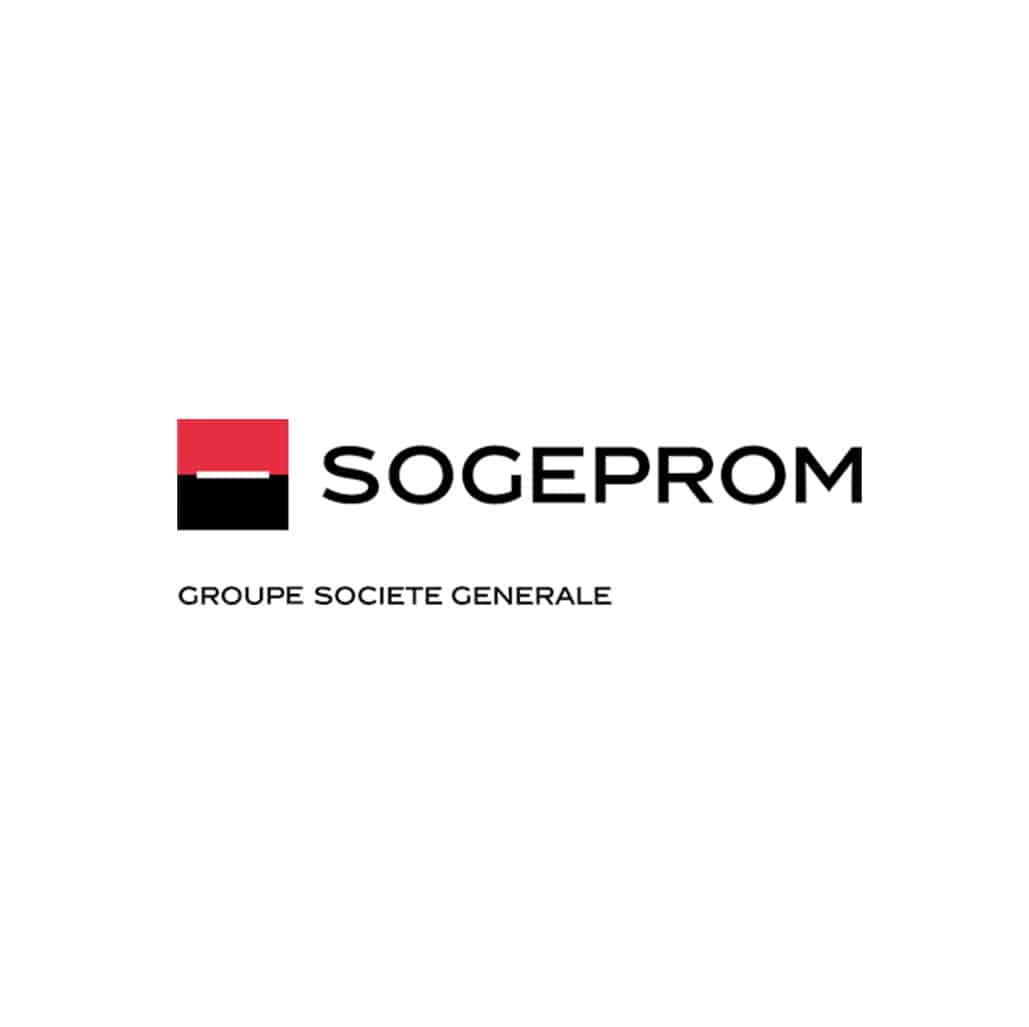Sogeprom Project Odessa Ex-site RTE Lyon Part Dieu

Renovation and extension of an office complex in the Lyon Part Dieu district in order to offer the city a mixed program of offices, housing, services and shops. Innovative and exemplary operation in terms of selective deconstruction, reuse of materials, use of bio-sourced materials, energy sobriety and landscape quality.
Main project's drivers for reducing the greenhouse gas (GHG) emissions
Energy and resource efficiency
Energy Decarbonisation
Energy efficiency improvements
Improving efficiency in non-energy resources
Emission removal
Financing low-carbon issuers or disinvestment from carbon assets
Reduction of other greenhouse gases emission
Project objectives
● Renovation and exemplary extension of an office building located in the heart of the city
● Control and reduction of the carbon footprint by renovating and reusing existing elements
● Improved biodiversity and comfort on and around the site
● Creation of quality living and working spaces
● Animation of the district by the creation of shops on the ground floor connected to the public space
The project, located in the heart of Part Dieu in Lyon, is the rehabilitation of a former RTE site into a mixed uses building. The rehabilitated surface area is 9,530 m².
The intention to limit the environmental impact of the project, in coherence with the policy of the City of Lyon turned towards ecology and the reduction of the carbon footprint led to the decision to preserve all the existing constructions and to choose a major renovation of the building complex.
Currently, the site does not have any natural land space.
The project is keen to set up a green setting to create an island of freshness and complete the green spaces of the La Part-Dieu district:
The renovation operation gives us the opportunity to find a space in the ground where the plant can have a place in a dense district, with artificial soils.
PROGRAM AND ARCHITECTURAL CHOICES
The operation includes two phases:
A first phase concerns the ground floor+8 storeys building and its partial base, the program provides for the rehabilitation of the existing floors and an extension on the rue des Cuirassiers side. All the floors will be intended for offices, the ground floor will receive shops and activities connected to the public space.
A second phase includes the rehabilitation of the ground floor+2 storeys base around the patio (commercial premises on the ground floor, offices on the 1st and 2nd floors), to the south, as well as the construction of housing starting from the second storey.
The basement will be partially demolished to obtain natural land gardens and allow the planting of trees.
The architectural quality of the project goes through the creation of a new set of facades, coherent and differentiated is at the heart of the project, three types of facades compose it:
– The facades of the existing offices, which are being renovated
– The facades of the office extensions, which will redefine the architecture and “premium” tertiary spaces,
– The facades of the commercial ground floors, which extend both under the existing buildings and over new parts.
THE MAIN LANDSCAPE ORIENTATIONS OF THE PROJECT
From a landscaping point of view, the bias is to offer a plant framework that allows this element to forge links with the surrounding nature.
The objectives are :
- to reintegrate plants and vegetation in a site whose soils are completely artificialized
- to promote plant continuity at the scale of the district
- participate in the decrease of urban heat and the climatic comfort of interior spaces.
The trees of the first size will be the base of the plant framework of the landscape project to eventually form a canopy on the scale of the district in a palette of local species adapted to the site. This plant diversity will promote the sustainability of trees in urban areas and will enhance the living world.
The location of the buildings preserves a zone of natural land which will allow the planted spaces to take root in the ground and where the plants can make their vital link between the sky and the earth.
The island thus benefits from a fertile substrate, allowing the planting of a high stratum and thus offering a real garden to the users of the site.
Through the landscaped spaces of the island, we wish to contribute to the creation of an urban biotope, forming an ecosystem with adapted and complementary plants, birds and insects.
Relevant plant associations are preferred, and we focus on the variety of species and fauna, the best perennials and shrubs, from the point of view of biodiversity, mostly belonging to the local flora and contributing to the richness of the living environment. and its balance.
The evapotranspiration produced by this abundance of vegetation will actively participate in reducing the heat island and therefore in the comfort of users.
REUSE OF MATERIALS
Sogeprom is part of the Booster du Réemploi: a collective initiative of a few dozen project owners in the real estate sector who wish to concretely integrate reused materials into their operations.
The Booster, as well as the Environmental Engineering C-Pos and Cycle-UP which is our Reuse Consultant, are supporting us on this project.
The reuse diagnosis has enabled us to identify several sources of materials that we will reuse on site or offer for sale on the reuse market: raised floors, doors, sanitary equipment, cables and wiring, windows, blinds or even certain landscaping elements. . The project is in progress, but the studies allow us to estimate that the additional cost inherent in the careful removal of the materials will be offset by the savings due to the materials reused on site and the resale of the other deposits.
Major objectives of the project: limit the carbon impact of construction and reduce the amount of waste from construction. For this, the following levers have been put in place:
- Choice of renovation / restructuring with extension, rather than demolition and reconstruction. This choice allows us to avoid 40 to 50% of the carbon footprint of the structural work as well as the carbon footprint associated with deconstruction (estimated at 10% of the carbon impact of a new building).
- Reuse: A resource diagnosis initiated at the start of the project made it possible to calculate the potential environmental impacts avoided by the implementation of the reuse process on site (367.33 tonnes of CO2e avoided and 247.97 tonnes of waste avoided). Use of 3 types of reuses:
o Onsite reuse, which consists of incorporating materials from the deconstruction of the site into the future project
o Out site reuse: the reusable elements not selected to be reimplemented on the future project will then be put up for sale or will be donated through the cycle-up.fr platform
o External procurement: incorporate into the project materials from the deconstruction of other sites in the vicinity.
- The implementation of low-carbon solutions such as wood for the extensions (structure, floor and wooden coat wall), bio-sourced insulation, wood joinery and low-carbon concrete are studied to both limit the carbon impact of the materials used and to maximize the storage of biogenic carbon, estimated at more than 700 tons of stored carbon.
Emission scope(s)
on which the project has a significant impact
- Emission scopes
- Description and quantification of associated GHG emissions
- Clarification on the calculation
Scope 1
Direct emissions generated by the company's activity.
Scope 2
Indirect emissions associated with the company's electricity and heat consumption.
Scope 3
Emissions induced (upstream or downstream) by the company's activities, products and/or services in its value chain.
Emission Removal
Carbon sinks creation, (BECCS, CCU/S, …)
Avoided Emissions
Emissions avoided by the activities, products and/or services in charge of the project, or by the financing of emission reduction projects.
Scope 1 : Low-carbon construction and reuse of materials.
Emissions estimated for the project at 9,200 TCO2Eq or 730kgCo2eq/m² compared to 16,000TCO2eq if the existing building had been demolished and a new project (traditional solution) had been built instead.
Notice (comparison with a C1 level) – RT calculation on the existing part
Carbon emissions avoided by implementing a reuse approach (compared to new construction:
- Ex-situ reuse: 49.4 TCO2eq
- Ex-situ reuse: 40.15 TCO2eq
- Supply. Outdoor: 18.9 TCO2eq
Scope 2 : Envelope performance + Renewable and low-carbon energies.
32 TCO2eq/year for uses (2.59 kgCO2eq/m² per year for the renewed part and 2.35 kgCO2eq/m².year for the extensions
Scope 3 : Mix of uses and reflection about the pooling of parking spaces.
Emissions Absorption : Use of wood (structure and facade of extensions, insulation, false floor, interior carpentry, decking of terraces.)
Biogenic carbon stored: 101 tons in the renovated part and 444 tons in the extensions.
Key points
Invested amount
Confidential
Starting date of the project
Starting date: April 2021
Completion part 1 : 2025
Completion part 2 : 2026
Project localisation
The renovation project is in the dense business district of La Part-Dieu in Lyon in the 3rd arrondissement. This district dating from the 1950s is currently undergoing renovation. Major buildings in the area are being renovated such as the station, the shopping centre, or recently the adjacent building called the Silex 2. Sogeprom prefers to renovate existing buildings rather than their reconstruction, in order to respond pragmatically and effectively to current environmental challenges and aim for carbon neutrality by 2050. The project Odessa is an exemplary example of renovation that Sogeprom wishes to reproduce in other contexts since the selective deconstruction and reuse of its elements are currently the actions that best enable the reduction and control of CO2 emissions.
Project maturity level
Prototype laboratory test (TRL 7)
Real life testing (TRL 7-8)
Pre-commercial prototype (TRL 9)
Small-scale implementation
Medium to large scale implementation
Airtightness and facades. Implementation of an advanced process of technical requalification of the reused materials reused on the project via the realization of tests and tests carried out in the laboratory (fire report, mechanical resistance, etc.). The objective is that all the professionals involved in the project can validate these solutions from a regulatory and insurance point of view (Client, Architect, Engineer, Consultants, Technical Inspector, etc.)
Economic profitability of the project (ROI)
Short term (0-3 years)
Middle term (4-10 years)
Long term (> 10 years)
Illustrations of the project
Performance certified by compliance with the following standards:
– Low carbon: BBCA Renovation and New labelling
– Overall environmental performance: HQE Sustainable Building level Excellent and NF Habitat HQE
– Comfort and well-being: Ready to Osmoz certificate
– Energy performance: BEPOS Effinergie 2017 level (and E3C1) and BEPOS Effinergie Rénovation
Objective 15: Improvement of the site’s biodiversity: Recreation of a vegetated natural land space, creation of several vegetated strata allowing the development of flora while sheltering a variety of fauna.
Objectives 6 and 13: Infiltration of rainwater entirely in the plot.
Objective 3: Creation of an island of freshness and outdoor living spaces.
Objective 11: Creation of a mixed project beneficial to local life with housing, offices and shops, located in an area where the soft mobility could easily be integrated.
The RTE project is an exemplary example of renovation that Sogeprom wishes to reproduce in other contexts since the selective deconstruction and reuse of its elements are currently the actions that best enable the reduction and control of Co² emissions.
The associated potential in terms of climate impact is linked to the size of the future projects that will be inspired by this operation.
Icade (co-promoter), Hérault Arnod Architectures, Booster du réemploi, C-Pos (Environment Engineering) Cycle-UP (Reuse consultant).
Contact the company carrying the project :
Valentina Balbis
Technical and Innovation Deputy Director
Groupe Sogeprom
valentina.balbis@sogeprom.com

